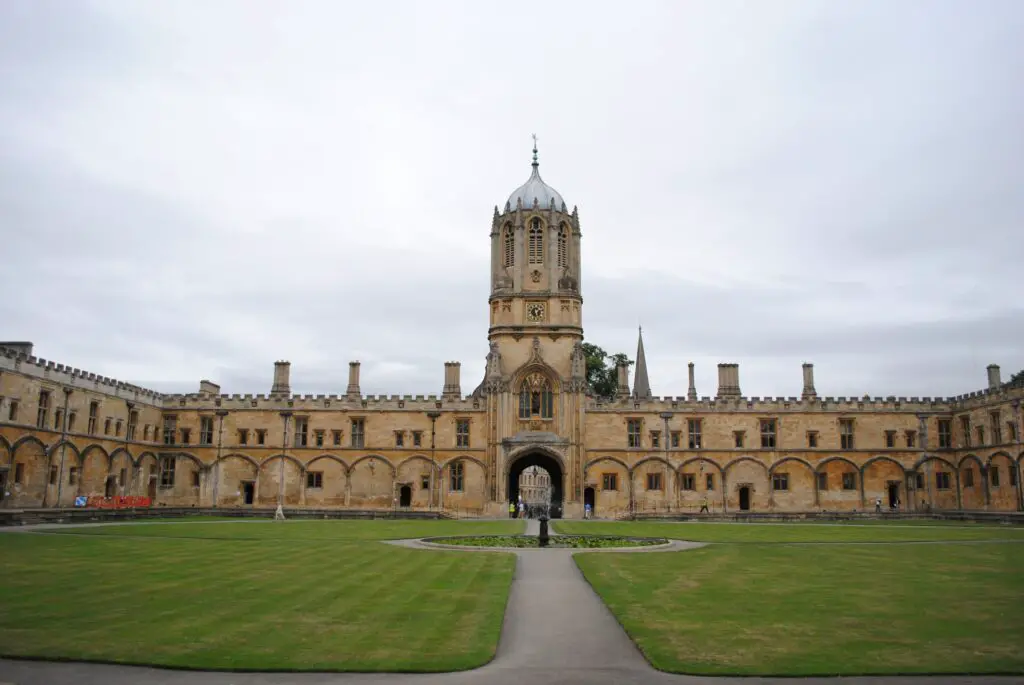Located in the northeastern United States, the Seven Sisters Colleges is a consortium of seven highly regarded universities that focus on the liberal arts. These schools were created as women’s colleges in the late 19th and early 20th centuries when opportunities for women to pursue higher education were limited. There have been many prominent women in politics, science, literature, and the arts who graduated from Seven Sisters Colleges. The colleges have a rich history that is intertwined with the fight for equal education and rights for women. Let us know ‘Seven Sisters Colleges Stereotypes’.

These schools were established so that women may have equal access to high-quality education. Many people still believe that the Seven Sisters Colleges are exclusively for women, despite the progress that has been achieved in the fight for gender equality. However, these colleges are frequently mischaracterized despite their illustrious reputation. This article examines the many misconceptions about the Seven Sisters Colleges stereotypes and shows how they are false.
Seven Sister Colleges Stereotypes
There are several misconceptions about the Seven Sisters Colleges, such as the belief that only rich, privileged women who are seeking a spouse or a “Mrs.” degree attend there. There is also a common belief that students at these schools are deprived of extracurricular activities and professional development prospects due to the heavy emphasis placed on academics. These preconceived notions, however, are not representative of the modern Seven Sisters Colleges or their very varied student bodies, staff, and alumni. These schools have stood the test of time because they provide a comprehensive liberal arts education that sets their graduates up for success in a variety of fields and walks of life.
Prominent Stereotypes
- The Seven Sisters Colleges have a reputation for only serving married women and mothers. These organizations were founded at a time when women’s roles were mostly domestic. Disproving this myth, students at numerous Seven Sisters Universities come from diverse origins, philosophies, and lifestyles.
- The Seven Sisters Colleges are elite and culturally homogenous. Contrary to widespread assumption, this generalization is unfair. Culture, history, and identities differ amongst Seven Sisters Colleges. Bryn Mawr College and Smith College emphasize academic rigor and creative flexibility, respectively.
- The Seven Sisters Colleges are notoriously inhospitable to male and transgender students. In recent decades, several of these institutions have admitted men and transgender students. Mount Holyoke College has accepted transgender students since 2014, while Barnard College began admitting transgender women in 2015.
Disproving preconceived notions
Dispelling myths about Seven Sisters Colleges requires showcasing the diversity of students and faculty. Several of these organizations now welcome men and transgender persons. More students mean more perspectives and life experiences, which enhances education and makes campus life more friendly. Globally diverse students attend the Seven Sisters Colleges. The college’s curriculum and extracurriculars reflect its broad student population and seek to provide students with a well-rounded education that will prepare them for a range of areas and circumstances.
Seven Sisters Colleges attract a diverse student body and have produced many successful graduates in many fields. Hillary Rodham Clinton, Madeleine Albright, and Diane Sawyer are well-known alumnae of Wellesley College, one of the Seven Sisters, Writers Sylvia Plath and Joan Didion (Smith College), anthropologist Margaret Mead (Barnard College), and Supreme Court Judge Sonia Sotomayor (Wellesley College).
By highlighting the diversity of students, staff, and alumni, we may dispel myths and promote a more nuanced perspective of the Seven Sisters Colleges. These colleges have made major contributions to society and higher education diversity and inclusion.
Distinct Persona
Every college in the Seven Sisters network has its history, values, and traditions, and this is one of the most defining characteristics of the system as a whole. These universities may have the same goal and background, but they may not all function in the same way or have the same history. Because of its unique history, ethos, and student population, every university is unique.
Comparatively, Mount Holyoke University is well-known for its dedication to social justice and global involvement, while Bryn Mawr University places a premium on intellectual research and academic success. It is possible to have a better appreciation for the Seven Sisters Colleges and the unique value they provide to higher education if we focus on their differences rather than their similarities.
Current Predicament
The Seven Sisters Institutions have improved their diversity efforts in recent years. Several of these institutions now welcome men and transgender students. Barnard College began accepting transgender women in 2015. The other Seven Sisters institutions have increased LGBTQ+ services and diversified their academic offerings to attract more students.
Notwithstanding these changes, Seven Sisters Colleges continues to provide a solid liberal arts education to prepare students for a range of careers and personal goals. These institutions emphasize analytical, deductive, and inductive thinking and foster lifelong learning and global exploration via a liberal arts education. These graduates have succeeded in finance, technology, journalism, and public service.
Quite apart from recent adjustments to become more inclusive and varied, the Seven Sisters Colleges remain committed to their original mission of delivering a rigorous liberal arts education that prepares students for a range of jobs and life experiences. These colleges and universities are crucial to the US higher education system and will continue to shape future leaders and thinkers.
Conclusion
In sum, the Seven Sisters Colleges are well regarded for providing excellent education to women. Originally established for women only, these universities have broadened their scope to include students of all genders and sexual orientations. There have been great advancements made toward gender equality, yet the Seven Sisters Colleges are still stigmatized. Nonetheless, it is essential to fight these preconceptions and acknowledge the many identities of these organizations. What makes the Seven Sisters Colleges special is the fact that they have their history, culture, and identity, all of which ought to be recognized and cherished.
